© 2025 ALLCITY Network Inc.
All rights reserved.

In the middle of a tough season, particularly on offense, the Denver Broncos wide-receiving duo of Emmanuel Sanders and Demaryius Thomas has been under fire.
As Vance Joseph arrived in Denver, one of the first messages he had was for Thomas, challenging him to be dominant in 2017.
That hasn’t happened for DT who’s had some of the worst outings of his career, though he’s also had some big games as he did just last week against the New York Jets. The same could be said about Sanders, as both have dealt with various injuries throughout the year.
In a miserable passing attack, with an offensive line that’s struggled in pass protection and a revolving door at quarterback, these haven’t been ideal circumstances for either to have stong years, or for the organization to properly evaluate them.
With Denver having to take some sort of rebuilding course on offense this next offseason, it’s legitimate to wonder if Sanders and Thomas are worth the $24 to 25 million combined that they’ll be earning next year. As the highest paid players on offense by a healthy margin, the franchise will have to decide whether they’re the pillars on which the new attack should be built.
With that, we went back to analyze the good, bad, and the ugly from the two-star receivers in 2017 to figure this all out.
Is DT still a No. 1 target?
Thomas just passed Shannon Sharpe for second place on both the Broncos all-time touchdowns and career receiving yards list, not too shabby. However, the biggest concern with Thomas in his eighth season has been his ability to separate and still be an elite deep target. In laymen’s terms, the big question with DT moving forward is his speed, a logical concern for a big bodied receiver who turns 30 this Christmas.
There have also been issues with some dropped passes by Thomas, which could be related to a lack of cohesion with his quarterbacks, particularly Brock Osweiler and Paxton Lynch.
On the positive side, Thomas remains a big-bodied target who can make tough grabs in traffic. His ability to shield off defenders with his frame is still there, and Thomas’ hands can be really special. His ability to snatch balls away from his body or make one-handed grabs is still there, and he’ll flash it quite often.
That’s part of the frustration with the drops as he’ll make really tough grabs but then drop a few easy receptions.
When going back to the tape, it’s true that we’re not seeing Thomas get open as much vertically. This is happening for a combination of reasons, the first being his usage. Because of the offensive struggles, Thomas is being moved around and not always put in situations where you’d expect him to be. DT should be outside running deep routes; posts and outs. He should be lined up to get quick slants where he’s a YAC machine and force-fed screens. That’s not happening because defenses can key into the two wide receivers and don’t have to respect the middle of the field.
This year, Thomas is being put in the slot more—where he’s actually performed nicely—or stacked to the same side as Sanders to create easy touches that way.
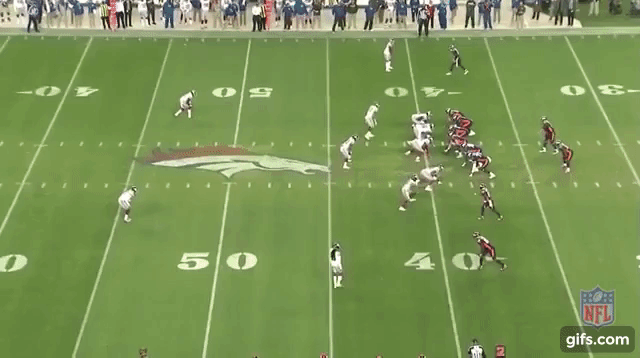
Vertically, Thomas got open at will on deep routes against the New York Giants back in Week 6 often while having Janoris Jenkins in coverage on him. Siemian wasn’t able to lead Thomas or connect on most of those throws, and that’s happening in other games as well, though not to such an extent and against a pro bowl corner.
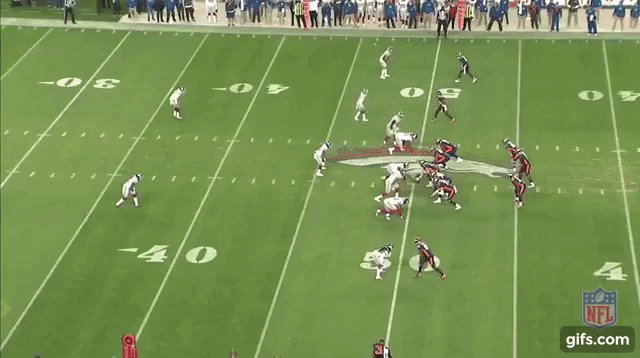
The other change is a difference in speed and power by Thomas. His biggest struggles have come against physical press coverage. This was evident against two AFC East opponents, the Buffalo Bills and Miami Dolphins as Thomas was blanketed all day by borderline-legal coverage.
As one of the bigger wideouts in the league, DT should be dominating physical press-coverage, instead the opposite’s happening, and it feels like a litany of minor lower-body injuries have hampered his speed this year, too. In fairness, there were also times in those games on crossers, skinny posts, or in-routes where No. 88 was getting open over the middle, but his quarterbacks just weren’t hitting him.
Thomas remains a big target with outstanding body control and a big catch radius who’s liable to make a tough grab at any moment. He broke the game open against the Jets that way, with a contested touchdown grab.
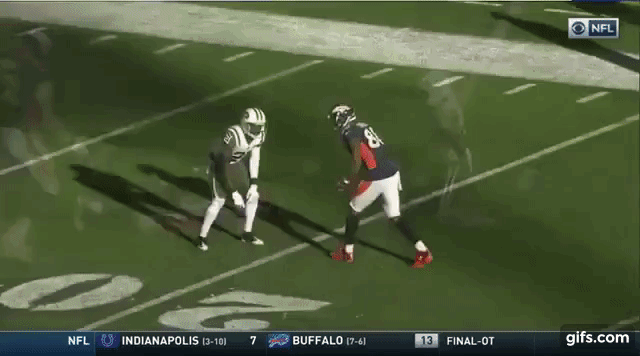
Against New York a week ago, Thomas also reminded us that with the ball in his hands after the catch he’s a tough runner to bring down. Bill Musgrave’s attempt to get him open over the middle, where his size and ability as a route runner shine, is a way to get him more touches for now. With that being said, Thomas could really benefit from Denver adding more targets in the slot to open up space for him towards the sideline. Though, of course, he’ll have to beat physical coverage in those cases as well.
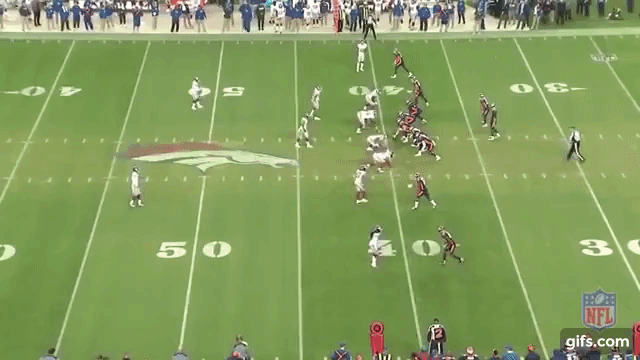
Why’s the impact missing from Sanders?
While most of the criticism has been focused towards Thomas, Sanders who is making $11 million a season has been far less productive, dealing with an ankle injury that’s carried on for weeks.
Sanders is actually a few months older than DT and obviously doesn’t have the size element going for him, so if his speed and quickness aren’t at their peak, he doesn’t have the big frame or contested catch skills to make up for it. Hypothetically speaking, if the organization was to consider moving on from one of their two star wideouts, it might make more sense to do so with Sanders as opposed to Thomas.
After all, Sanders—who should be an inexperienced QBs favorite target given his ability to quickly get open underneath—hasn’t had a game with double-digit receptions all season. He’s only had four games with five receptions or more and only one with over 100 receiving yards. That’s not what you’d expect from No. 10, who’s been targeted over 135 times every season he’s been in Denver. With his injuries and a lacking passing attack, the amount of targets and usage Sanders has received is much lower than usual. To put things into perspective, a year ago Sanders’ targets accounted for 24-percent of the passing game with Emmanuel hauling in 56-percent of those targets, now he’s only accounting for 18-percent of the offense and only bringing in 47 percent of his targets.
When watching the tape, there are times where Sanders is getting open and being missed, while other times defenses are zeroing in on him more so than Thomas. Sanders, being a technician route runner who lives off of his quickness, requires on-time and accurate passes, something that’s been missing in a big way this year.
When fresh like in Week 5 against the Giants after the bye week, it’s clear to see Sanders hasn’t lost a step and is still a lethal weapon who can set corners up to create easy separation. He’s especially gifted running out-routes where he’s masterful in using the sideline to his advantage. If he sees soft zones or off coverages, he’ll eat those defenses up and get open at will. He showed this against the New England Patriots Week 10 in his best outing.
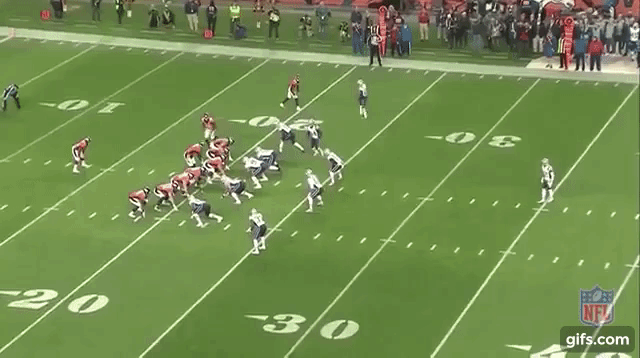
Sanders is also a really talented zone-beating route runner, who can isolate DB’s on corner-routes to the sideline where he’s also a master at the toe-drag. He can also be a weapon in the slot where his best skills make him very dangerous, but he’s so good towards the sideline and on corner routes that he’s almost wasted in the slot.
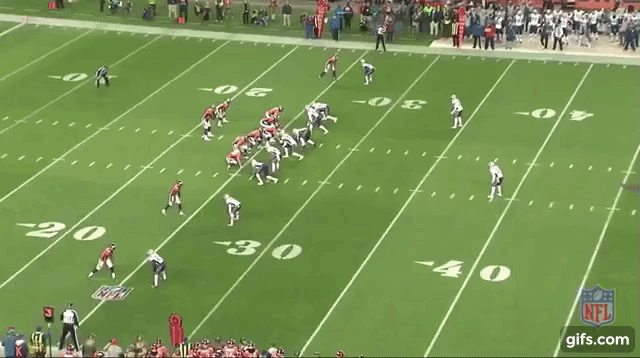
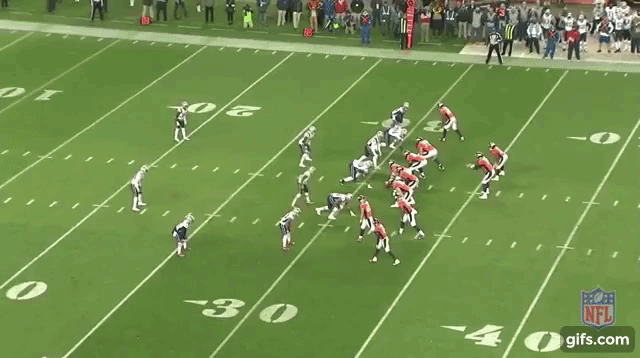
The final verdict
DT losing a half step can’t just be chalked up to injuries as even earlier in the season he wasn’t creating separation on physical DBs at the line of scrimmage. He’s lost some power and speed as a runner, especially at the top of his routes. With that said, there’s no reason to think that he can’t still be a No. 1 target who wins with length and physicality added to some deceptive speed in a prolific passing offense with an average to better NFL quarterback. He still creates mismatches, is hard to guard one-on-one and can get open with ease especially on intermediate routes.
Usage and execution from the quarterback have really come into play for both receivers. As defenses are typically able to take one away and the QB hasn’t been able to make enough consistent one-on-one throws with good ball placement to exploit the receiver who isn’t given added defensive attention.
The lack of a valid option in the slot or at tight end has forced DT into the slot at times, where he’s actually performed well, but it’s taken him away from the sideline where he can stretch defenses. With Denver’s quarterbacks, defenses don’t have to be concerned with vertical passes, so DT and Sanders’ speed has become much less of a factor.
Given their ages and contracts, it’s only natural for the Broncos to explore severing ties with one if not both of their star receivers – NFL franchises are obliged to explore all avenues when rebuilding.
At the same time, there’s no denying that when healthy and at their best both are still big-time threats in the league with all the necessary skills to both go over a thousand yards. How long will that last for? That’s the real question. With their contracts signed till 2020, Denver only needs two more years of high-end play. For now, they’re still one of the better pairings in the league, the problem is there’s little high-end offensive talent around them.
If the Broncos were to add a veteran QB in the offseason, Sanders and Thomas would still be big-time selling points with a young quarterback who could benefit from two talented veteran wideouts.
Comments
Share your thoughts
Join the conversation



